Inside: Parenting a 2-year-old takes a certain finesse. It is a balance between teaching them basic rules and their growing need for independence. Understanding the development of your 2-year-old helps you win their heart, their cooperation, and end your frustration!
The first time I did research with two-year-olds was a wake-up call. Previously, I had only worked with little babies and older children.
It is quite challenging to study the development of emotions and cognition in babies, but believe me, two-year-olds, were on a whole other level.
A two-year-old’s newfound sense of independence and self-hood make them primed to challenge rules. And that is exactly what they will do — push boundaries, test limits, challenge themselves, and your patience!

I remember it like it was yesterday when the senior researcher told us during training, “Two-year-olds require us to speak a different language.”
He said if you tell a two-year-old “don’t bang on the table” they will only hear “bang on the table.”
As if it is a prime directive, they will be contrary to what you say, so, you have to find ways to encourage them to cooperate while allowing them to fulfill their need for “I do it myself!”
Here are some of the things I have learned over the years — from doing research with two-year-olds to having my own– that will win your way to your two-year-old’s heart and their cooperation.
Related Resources: Your Two-Year-Old’s Developmental Milestones and Tips to Support Their Growth
8 Tips For Parenting Your Two-Year-old: Win Their Hearts and Their Cooperation
1. Ignore Unwanted Behaviors
Two-year-olds are in the preoperational stage of cognitive development. They literally learn by repeating behaviors over and over.
They will especially repeat behaviors that result in unexpected behaviors or a big reaction.
If they have picked up a bad word from you (never!) or your husband — or the older next-door neighbor kid, ignore it — act like it’s no big deal.
If you act like it is a big deal — they will repeat it — again and again and again. Because they want to see your unusual reaction to them simply saying a word.
Two-year-olds aren’t quite capable of thinking through that saying the word makes you upset, they will only think about your immediate reaction. Which is different from how you normally act. So, they will say that word over and over because your reaction is so interesting.
Keep in mind that this is how they are learning, through repetition. For example, they might want to play the same game over and over. And while it is boring for us, they are literally strengthening connections in the brain through repetition.
Normally, we want to encourage their behavior and exploration and play along when we are the fairy godmother for the fortieth time in a row.
Only ignore them when it is truly an unwanted behavior.
When my son was 2, he started hitting. We got a book about it, we talked to him, we got emotional and tried to show him how upset we got when he hit. None of that worked. Then I remembered my training from all those years ago and I said to my husband, let’s try not to react.
We stopped having those big reactions. Instead, we said in a neutral tone of voice, It seems like you are trying to get my attention, can you try to get it in a better way?
And it worked! Ignoring and not giving a big emotional response made him lose interest in hitting. He had no underlying behavior issues, he didn’t want to hurt us, he wanted a reaction, plain and simple.
2. Surprise them with the unexpected
On the same token, they are completely delighted by unexpected reactions. So, as long as it isn’t a behavior you don’t want to reinforce — surprise them will silly antics.
Try “sneezing” with a hat on and have it fly off of your head.
They will reward you with peals of laughter. And ask you to do it again and again and again.
Or pretend something is really, really heavy when it’s obviously not.
Anything unexpected will delight your two-year-old and again, it’s how they learn, so you are laying the foundation for a good sense of humor.
3. Tell Them What They Can Do
For the entire year that your child is two, or three for that matter, perhaps even when they are four, forget the word: don’t.
Always tell them what they should do, not what they shouldn’t.
Instead of don’t run — use your walking feet.
Instead of don’t yell — use your inside voice.
And even better — make it fun. Instead of walking feet — say let’s waddle like a duck.
Or just refocus or redirect them by telling them what they can do:
Instead of don’t jump on the bed, say — You have a lot of jumping energy, jump on these pillows on the floor!
Using positive language helps to direct or redirect their behavior — gives them an action to comply with, something to do, rather than having to stop a behavior or inhibit an impulse.
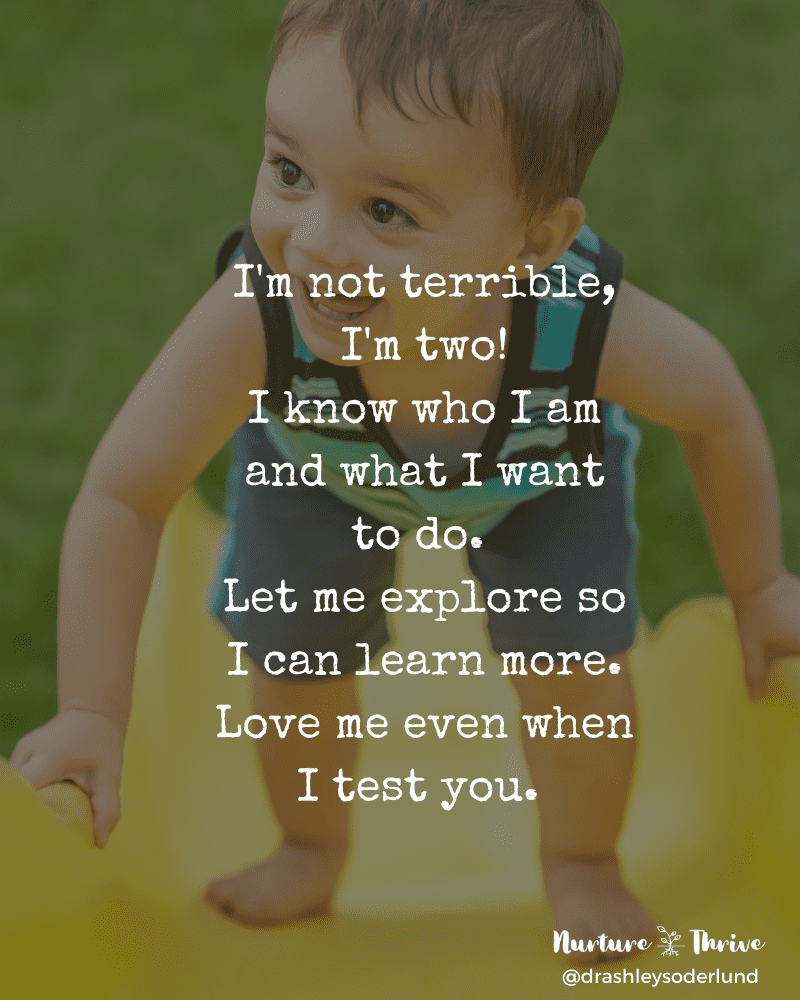
4. Give them Jobs
Harness their newfound sense of self by putting them in charge of something. This will build up their sense of mastery.
This is a great tip for gaining two-year-olds (and older kids too!) cooperation.
Whatever it is you need to do, have them be a part of it. Put them in charge of the garage door opener when you need to leave the house. Or, at the grocery store, have them point to the items that you need, Can you find the bananas?
Research shows that if we allow toddlers to help, even when helping might mean more of a mess than if you did it yourself, really pays off in the long run. Toddlers are naturally inclined to want to help and when nurturing that instead of stifling it, they are more likely to volunteer to help around the house when they are much older.
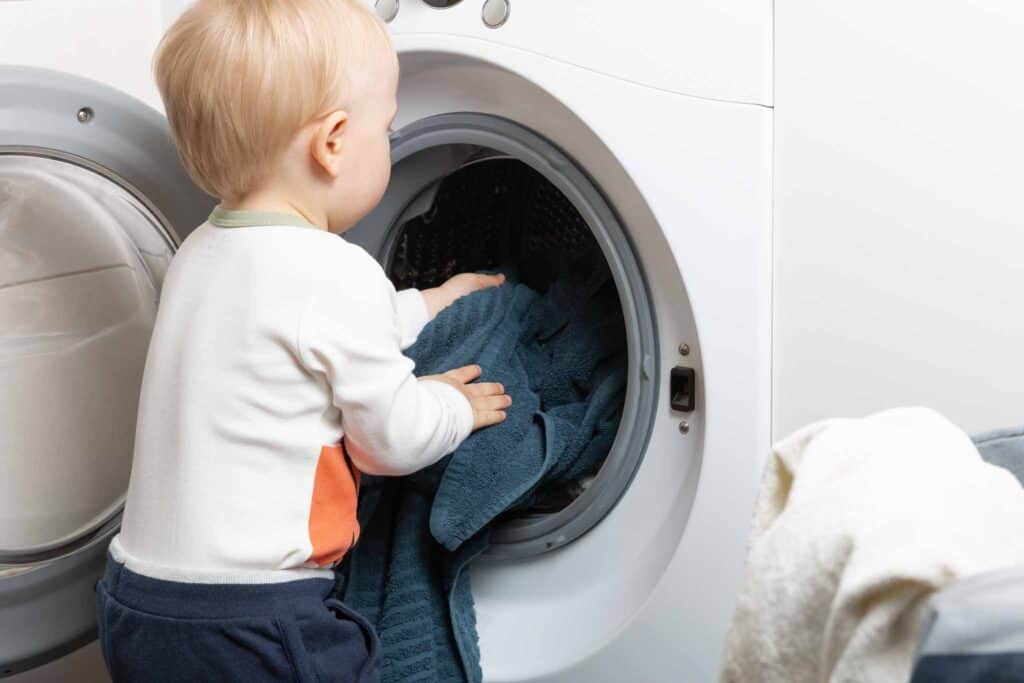
This works around the house as well. Instead of telling your toddler what to do, ask for their help in a way that bolsters their sense of independence and captures their imagination:
- Ask your toddler to find all of the lost toys and put them back where they belong.
- Next time you are doing laundry, your toddler can help their clothes leap into the hamper.
- In the kitchen, your toddler can use a dustpan to catch all of the runaway crumbs on the floor in the kitchen.
Describe the chores in ways that tell a story and you will capture their attention and cooperation!
5. Break Down Big Requests
Instead of asking your child to put on their shoes — which involves a few steps, break it down into one or two steps at a time.
First Get the Shoes: Let’s hop like a bunny to the shoes!
Encourage them to want to put on their shoes: Which shoes will you choose today? The orange ones or the blue ones?
If they refuse, do something surprising — Okay, I’ll put the shoe on — where does it go? Here on your hand.
When they have stopped laughing — I have forgotten where to put the shoes. Do you know where to put your shoes? Do they go on your nose? On your head? Oh, your feet!! Do you know how to put them on your feet?
6. Name and Acknowledge Their Emotions
Two-year-olds are learning what emotions are and they are expressing them in primal ways, not in socially accepted ways.
It is important to teach them first to name their emotions and second, that their feelings are meant to be felt — that emotions are okay.
How they express their emotions might not be okay… for example, you might name and acknowledge their emotions by saying: “It’s okay to be angry, but it is never okay to hit.“
Naming the emotion is the first step in learning how to express emotions in better ways.
Acknowledging children’s emotions, and telling them it’s okay to feel how they feel, helps them to understand emotion and leads to better empathy and prosocial behaviors, especially in boys.
Talking about emotions is also associated with more sharing and helping behaviors in toddlers.
When you start this conversation about emotions you are listening to their hearts.
In response, they will feel like it is safe to express those emotions to you. And you will be helping strengthen those tenuous connections in their still-developing emotion-regulation parts of the brain.
I love this printable toolkit for emotions (picture below)! This toolkit teaches toddlers to learn their emotions and how to express them — 1. How do I feel? Name the emotion. 2. What do I want? Comfort, Space, or Silliness?™
These beautifully illustrated characters make abstract and sometimes overwhelming emotions more easily identifiable and manageable.
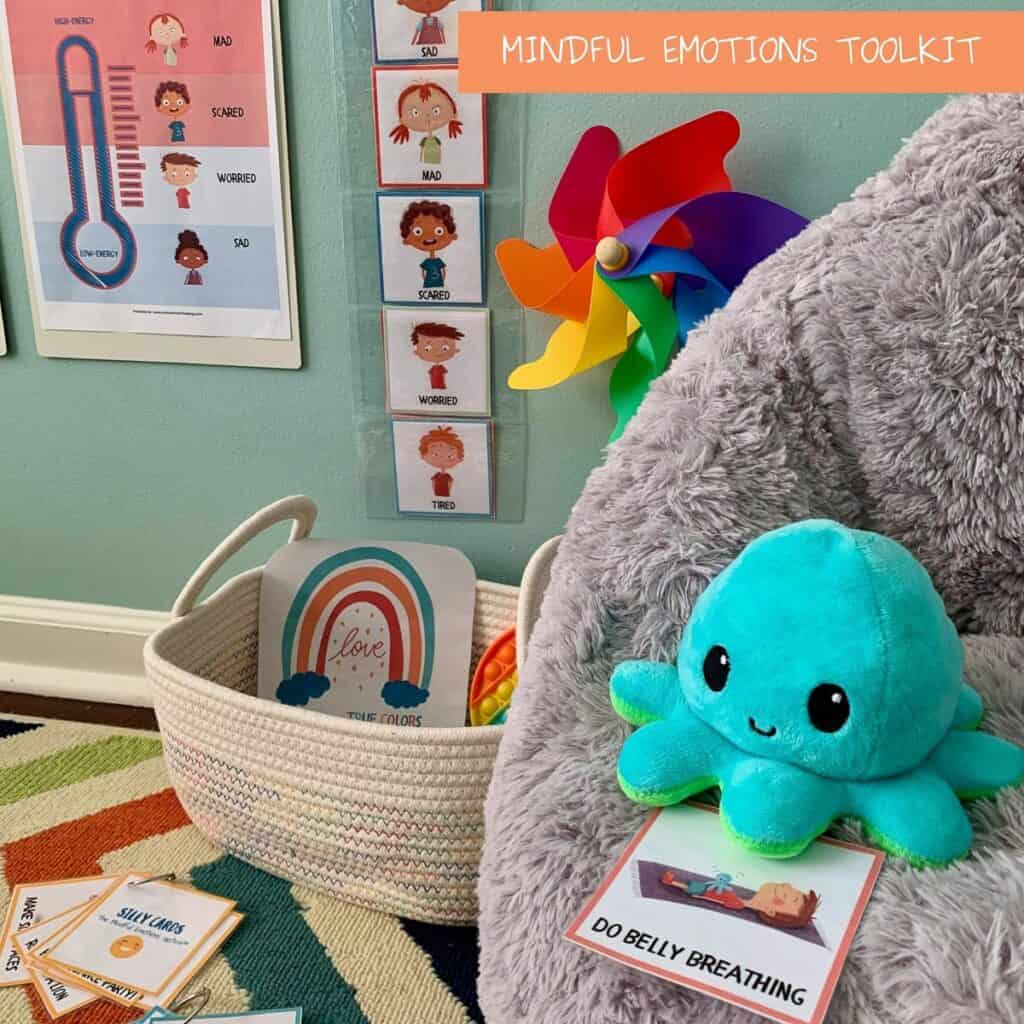
7. Give Them Predictability
One of the most challenging times for kids is transitions. Getting ready to leave or come back home. Getting ready for bed or getting ready in the morning.
Two-year-olds do not have a real sense of time. To them, it can seem arbitrary and controlling when we say, It’s time to turn off the TV and come eat dinner.
And so they protest (understatement!).
Having some predictability in their life will help them have a sense of control and lead to fewer tantrums. I don’t like to have a rigid routine, but having some anchor points that they can count on can go far in reducing transition-time tantrums.
Anchors can be daily or over long periods of time. Taco Tuesday or pizza night is an example of weekly anchors. For picky eaters or kids with mealtime sensitivities, some predictability in what they eat can work wonders.
I also recommend a toddler clock. These are great for signaling when it’s time to wake up (not too early), time for a nap, quiet play, and bedtime. This one is our favorite: My Tot Clock (you can read my full review here).
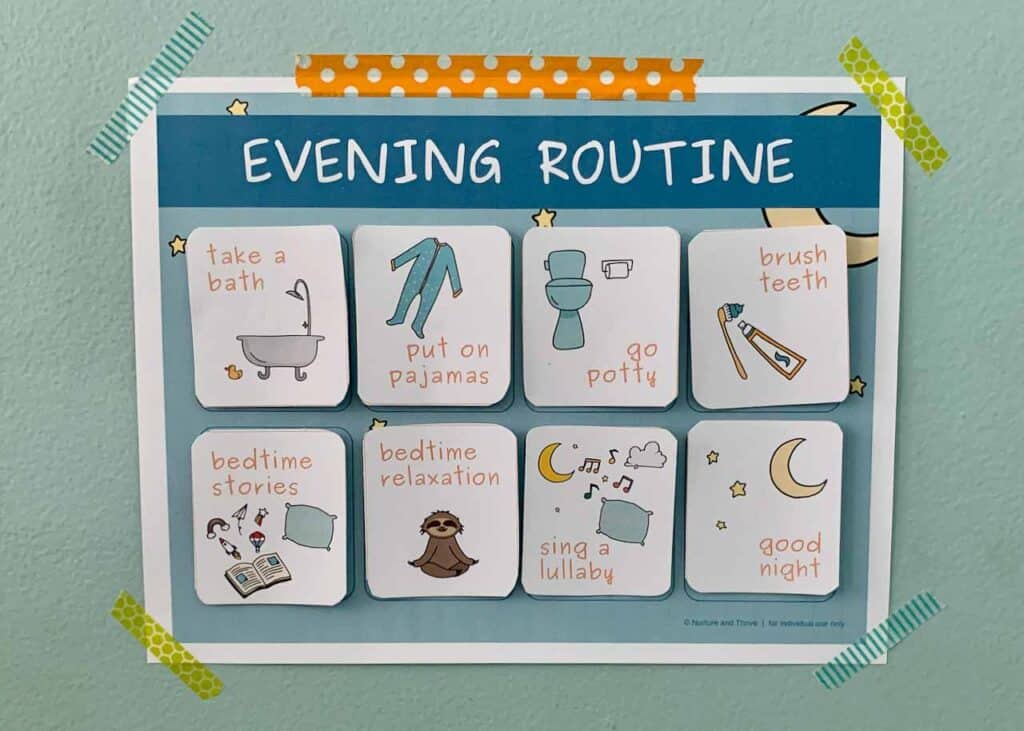
A flexible routine would include some things a two-year-old can count on: a relatively consistent time to eat, nap, and play. A consistent series of steps for getting ready for bed and for getting ready to leave the house.
In a large study, researchers found that having a consistent bedtime routine is directly related to better sleep. Children who had a regular bedtime routine fell asleep faster, had an earlier bedtime, had fewer night wakings, and slept longer than children who did not have a regular bedtime routine!
For more about our bedtime routine, check out this post: Building a Better Bedtime Routine.
I love these printable routine charts and cards (pictured above). You can set them up how you want in the way that works for your house. It is also easy to change it up if you need to. I wish I had these when my son was two!
Giving children some predictable anchors helps them to have a sense of control and thus fewer tantrums.
Read more about how to start a daily routine at home here.
8. Try a Feeling Break (a more flexible kind of time-in)
Time-outs vs. time-ins — what’s the difference? Really none of that matters — what matters is what works. There is much debate between psychologists on this topic. Putting all of the research together as well as my own experience as a mother, what parents really need is a flexible strategy that always puts feelings first.
Why? Because this is exactly what toddlers are learning! What emotions are and what to do with them.
And sometimes your own feelings! Sometimes parents need a break when they are frustrated too. Done is the right way you can tell your child you need a moment to feel and you can give your child a moment to practice regulation too.
The difference from a time-out is that you don’t ignore your child, you simply ask them to pause. You don’t tell your child to ‘calm down’, you tell them to take the time to feel their feeling. The difference from a time-in is that you always look for the root emotion under the behavior first, you allow space when needed by you or your child, and you include a time-break for reflection.
Read more on how to do a Feeling Break here and see real-world examples.
Two-year-olds are special. Trust me, it won’t be long and they’ll be six and you’ll be wishing you could still fold them up in your arms and carry them around when life gets hard. As much as this time is challenging, it is also joyful. Connect to their heart, listen to their soul, and the “terrible” twos won’t seem terrible at all.
Looking for gentle (yet effective) discipline techniques? This is the only strategy you’ll ever need –>
3 Simple Steps to Positive and Effective Discipline: Are you Reacting or Responding to Your Child?
See all my posts on Toddlers – Click here.
What to do next…
1. Get advice from Dr. Ashley Soderlund sent right to your inbox. ❤︎
When you sign up you will get Dr. Ashley’s 5-part Mindful Parent Quick Win Series. These quick wins are designed to get you started implementing some strategies that are rooted in love and backed by science.
After that, you will receive emails when Dr. Ashley has new resources and seasonal series like back-to-school mental health, and holiday gratitude series.
2. Emotional and mental wellness begins at home.
Get the tools you need in my shop! Digital printables you can instantly download and print to foster connection, emotion regulation, and more! Check out the Nurture and Thrive Shop.
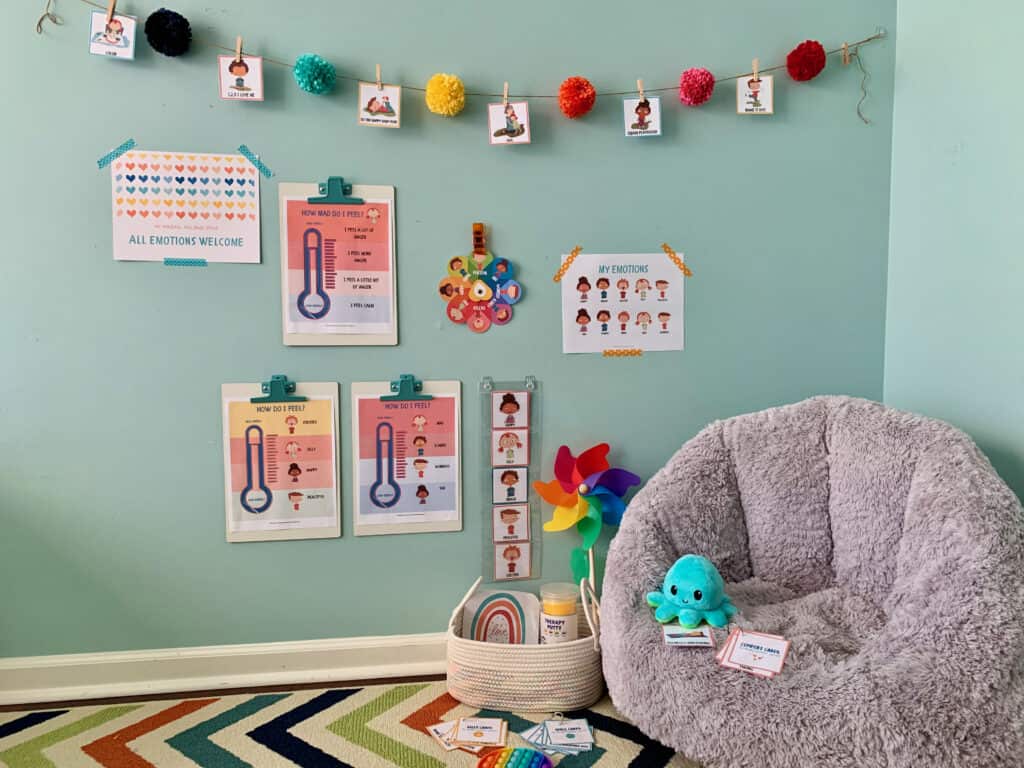
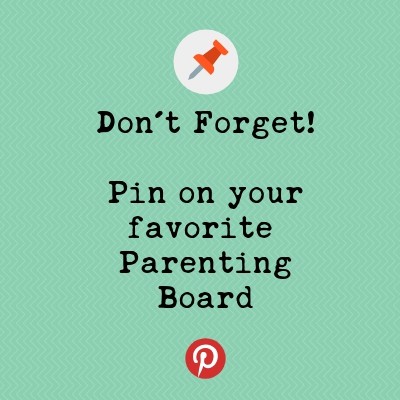


 Four Things Psychologists Want You To Know About Your Strong-Willed Child
Four Things Psychologists Want You To Know About Your Strong-Willed Child
Lovely article! It is very easy to get overwhelmed and frustrated with an emotional toddler, and even easier to blame it on them being in the “terrible twos” phase. Really we just have to adjust how we react and support our children during this stage of development. Of course there will still be ups and downs, but the hard times will become fewer and the joy will grow! Thank you for the great tips and information!
Thank you for stopping by and taking the time to comment!
I like this! I am going to try eliminating “don’t” and see if that helps. Our two year old likes to bite things, not people but everything else, when she is angry. Instead of “Don’t bite the chair!” What would be a good alternative outlet for her frustration?
Thanks for the article!
Great question! I did “throw away the angry ball” which was the pretend throwing of a big ball of anger with my son at that age — there are a few related tips to that here: https://nurtureandthriveblog.com/three-quick-tips-to-help-kids-calm-down/. There is some interesting research that suggests that angry venting i.e. stomping feet, punching pillows, is actually bad for you long-term, that instead, it is better to learn to accept the emotions and work through them to let them go. Anger can also transform into the useful emotion of motivation and determination, so you never want to treat it as a bad emotion. So, I like the angry ball. It is accepting of the emotion and also a “letting go” of the emotion. I write all about anger here: https://nurtureandthriveblog.com/teach-child-manage-anger/
Wow! Great advice and tips. Thank yoy
Thank you!
Amazing, thank you! Having read a lot of advice as to how to deal with terrible-two behaviours, this is by far the best. My boy is exactly as you describe – I say ‘don’t scream’, he hears ‘scream’! He has a horrible habit of screaming/shrieking at the top of his voice when he gets excited. This may be watching cartoons or even when he’s just bored. It’s relentless and tiring! I’m ashamed to say he’s even had a smack once or twice on the hand when it’s become too overwhelming. But I hate that course of action and it doesn’t even change anything – he screams anyway. I have also tried getting down to eye level and firmly telling him to stop, as well as putting him in time-out which he doesn’t seem to understand and just wanders off. I have now started using positive language as you suggest above and whisper to him ‘let’s use our indoor voice please’. It hasn’t stopped him doing it completely, but he does seem to take more notice of my communicating in this way and will calm down for the while (before he remembers he has a screaming voice again!) Other times I will just ignore it. NOT EASY but it seems to make him stop eventually! I’m sharing this just in case other mums are having a similar problem.
All your other advice is also wonderful and I’m glad to say comes naturally to my style of parenting. I am struggling with his sleeping routine however as he just doesn’t want to go to bed, but the tot-clock looks like something I’ll definitely try for that.
Thanks again!
Thank you!!! I am so glad it resonated with you! When it is overwhelming — it is all too easy to go towards yelling and harshness. Unfortunately, that sends the wrong message in more ways than one (i.e. when you’re frustrated it’s ok to hit) I’ve had to overcome my yelling and blow-ups myself. I think using these kinds of techniques teach children on many levels — to comply in the moment, but also how to handle emotions. And you’re right it doesn’t happen overnight. With some consistency hopefully, it will! Age two, really is a whole other level isn’t it? This is my article on finding my own calm in the chaos, so to speak…https://nurtureandthriveblog.com/five-steps-to-becoming-a-calm-and-centered-parent/. There is a handy printable at the end because it is a bit of a long post (as it was also a long journey for me!!).
These are great tips! Thanks for explaining why giving a big reaction doesn’t work!!
Now my daughter is three- yikes! This phase seems more challenging than two was for us. I’ll look forward to tips about three year olds!
Thank you Shelley — I agree with you about three! All of these tips work for three-year-olds as well — but they have a new level of defiance that is challenging. This is my goto system:https://nurtureandthriveblog.com/act-instead-of-react-an-easy-3-step-solution-to-discipline/. But I am working on some tips specifically for toddler defiance. (; I also really love using books with 3 and 4-year-olds.
These are awesome, thank you so much!
My daughter just turned 2, and she loves to run away. She’ll be helping us wash the cars, next thing before you know it, she’s running down the middle of the street! We have tried stern voices, trying to get her to chase us back, and even acting like it’s not a big deal. I’m at a loss and this concerns me as could be really dangerous. She’s done this at the fair, in the grocery store, you name it. I practice hand-holding and the proper way to walk with us in the mall, but that seems to be the only place she’ll listen. What should we do to correct this?
Oh yes — we had this too. It’s pretty common and you’re right it’s scary! Two things that helped us were playing the go-stop game and find my face. The Go-stop games you play in a safe area first before using it in the parking lot or on the street. Practice it several times. This is also good for impulse control in general. Basically, you shout red and they stop, you shout green and they go. And have them say it to you as well. This worked well with my son when nothing else would — I’ve cried out on panic “Red means Stop!!” in a parking lot more than once. The other one my sister told me about and we used as well. When she couldn’t get her son’s attention she started playing the game “find my face.” Again, just as a game. Then when she really needed his attention, find my face became a good way to initiate listening. I find that eye contact does help toddlers realize that it is important. Here is more about go-stop and a good book, plus 6 other games for impulse control: https://nurtureandthriveblog.com/7-ways-to-turn-power-struggles-and-over-excitement-into-cooperation-and-joy/
My son likes to run off in parking lots, as soon as he gets out of his seat or while I am switching him into the car. One thing I have started doing that works really well is having him touch the car. I only have to say touch the car and he puts his hand there, and stays until I am ready. I have found it works for other things as well, like touch the building or touch the house. I have seen on Etsy that there are magnets or car decals with a hand print to help your child know where to touch on the car. I just have my son touch the wheel well though.
I do struggle with bed time though, even more so lately. My son is 2 (27 months) and a lot of “bad” behaviors are starting to show. I have a very strict bedtime routine, and we start about 2 hours before bedtime. Snack and a movie or quiet play. Then we brush teeth and go in bed and read some books. As soon as I turn the light off he is running around the room, hiding under his bed, or out back on the couch. He will stay up until 1am sometimes! I work so I am exhausted. I dont even know what to try anymore.
Hi Kristen,
I love the idea of touch the car! Thank you for that tip! Isn’t funny how something like that will work?
Oh I hear you on the sleep!!! Hang in there — it will get better!! It sounds like he is getting a second wind and possibly getting overtired. I would let up on your bedtime routine — keep it short and sweet– predictable — brush teeth, story and song and a guided relaxation or massage (read about massage here https://nurtureandthriveblog.com/three-tips-for-a-better-bedtime-routine/). But keep the massage short.
I would cut out the movie as well — there are lots of studies showing that blue light from electronics is stimulating. Instead, try free play, roughhousing, high energy play, playing outside etc. Whatever your family enjoys that is somewhat active for him. Then take the pressure off yourself and do a short bedtime routine. Move his bedtime up by 20 minutes and if that doesn’t help, another 20 minutes.
The best resource for good sleep help is Dr. Nicole Weeks at Practical Research Parenting. Here is a referral link to her sleep wizard: https://www.practicalresearchparenting.com/?ref=2
I used this for my own son as well when he was younger (sleeps so well now).
Here is Dr. Week’s video on how kids get that second wind. She uses the analogy of the sleep bucket: https://practicalresearchparenting.wistia.com/medias/3eicz95nez
I hope this helps!!!
Thank you so much for this article.as the age category suggests, my son has an independent mind right now and I am. Having a problem with making him change clothes while going outside, specially to the mosque as we have specific clothes for that place and he just doesn’t want to wear anything but shorts! And that too one or two Of them out of a dozen I’ve bought. We’ve tried to make him understand, divert his mind but nothing works except force for this. Pls suggest for this unusual problem
Hi Alefiya,
It is actually pretty common for toddlers to refuse to get dressed — it is one way they are asserting their independence. It also seems that he doesn’t like the feeling of certain clothes. First, make sure you acknowledge how he feels — I can see you don’t like to wear pants, I don’t like to wear some things either, but if we don’t wear these, then we can’t go to Mosque. I need you to wear these now and we can bring your shorts and change into them as soon as we leave, deal? Let’s get dressed to a funny song!! Try to make it fun. Sometimes battles become so habitual it’s hard to break them — so it might take some time. Maybe even let him wear his shorts under his pants if possible. Hope this helps!
Thank you so much for your help and insight. Will do my best to try to keep. Patient and calm and imply this and see what happens! ❤